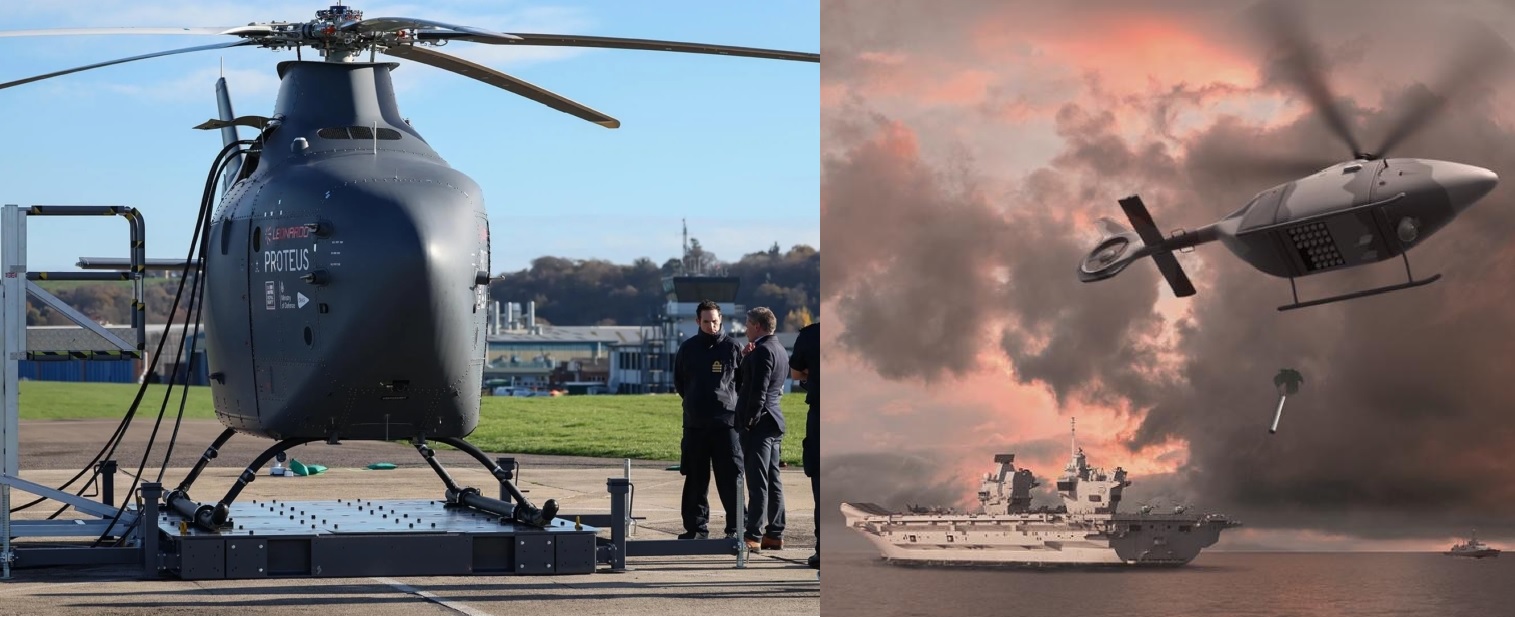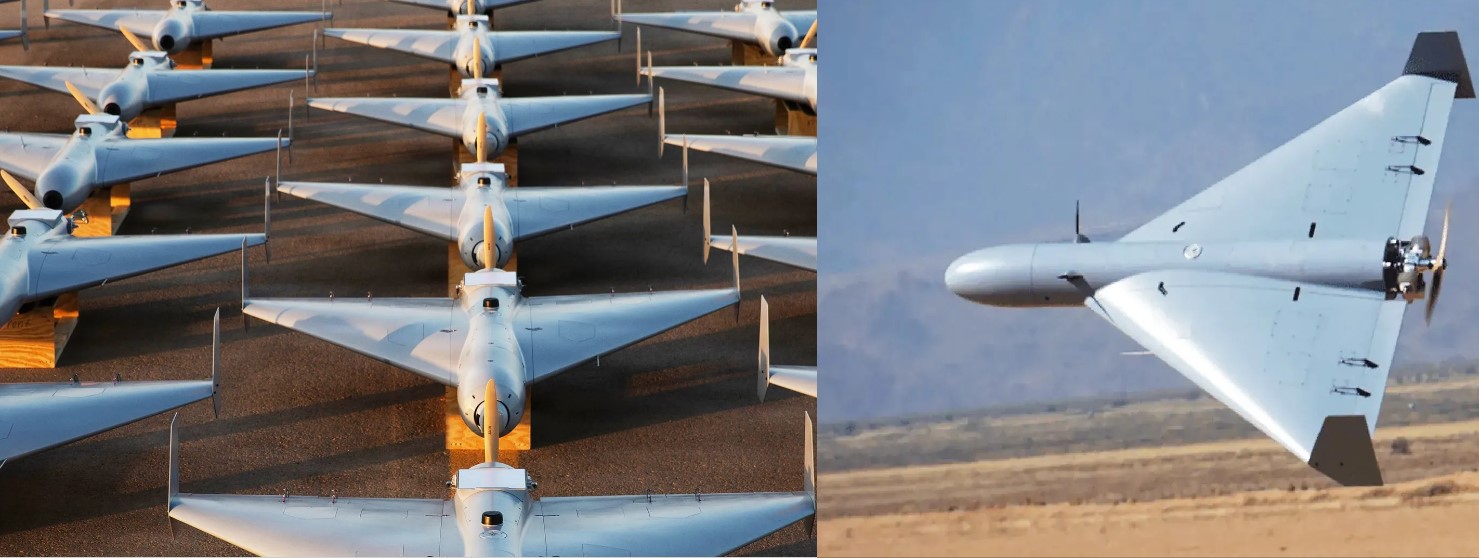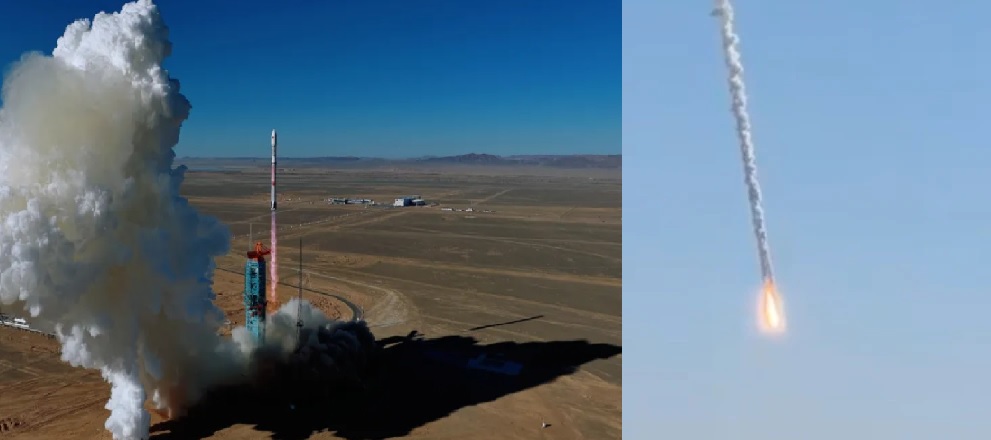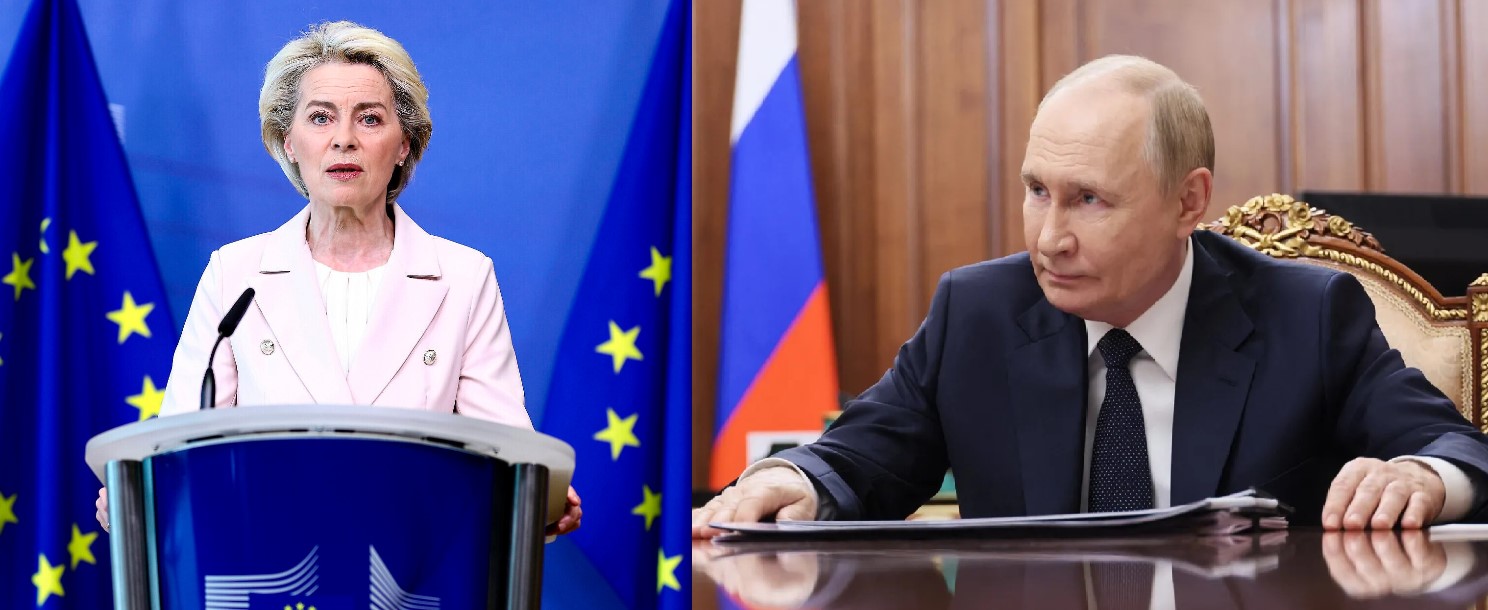India to Manufacture Fifth-Generation Fighter Jet Engines with France’s Safran : Rajnath Singh
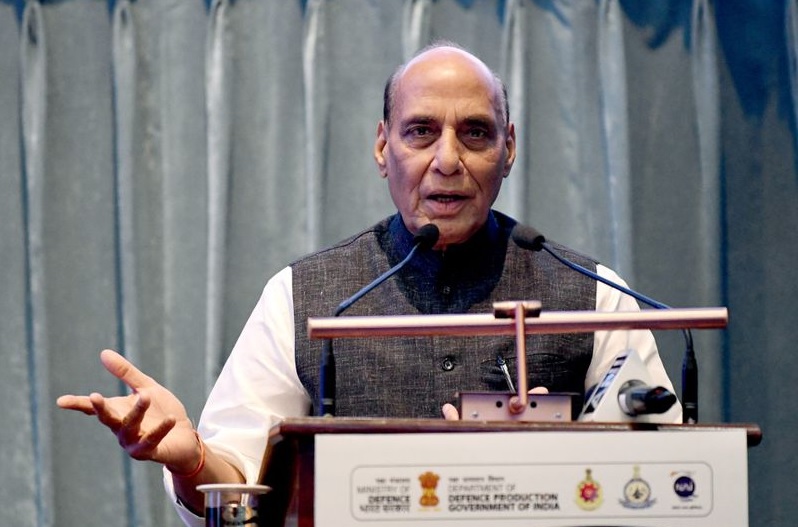
New Delhi, August 2025 – In a landmark announcement that signals a new chapter in India’s defence self-reliance journey, Defence Minister Rajnath Singh declared that India will jointly manufacture engines for fifth-generation fighter aircraft in collaboration with French aerospace giant Safran.
The announcement came during the Economic Times World Leaders’ Forum in New Delhi, where Singh underscored India’s commitment to building advanced combat aircraft indigenously while also inviting global defence companies to participate in the country’s rapidly growing aerospace sector.
India’s First Step Toward Fifth-Generation Engines
“We have taken steps forward in the direction of building fifth-generation fighter aircraft. We are about to start engine manufacturing work in India with the French company Safran,” Singh stated, adding that the project would be a cornerstone of India’s future combat aviation capabilities.
The move is expected to directly support India’s Advanced Medium Combat Aircraft (AMCA) programme, a fifth-generation stealth fighter project currently spearheaded by the Aeronautical Development Agency (ADA) with Hindustan Aeronautics Limited (HAL) and private partners.
About the AMCA Programme
Approved earlier this year by the Defence Ministry under a new “Execution Model,” the AMCA is being designed as a 25-tonne class, twin-engine stealth fighter with features such as:
-
Internal weapons bays to maintain low radar visibility.
-
Stealth shaping and coatings for reduced detectability.
-
Sensor fusion and advanced avionics for enhanced situational awareness.
-
Supercruise capability, allowing sustained supersonic flight without afterburners.
-
Multi-role versatility, with both air superiority and deep-strike missions.
The first prototype of the AMCA is expected to roll out before the end of this decade, with an initial project cost pegged at ₹15,000 crore.
The Engine Challenge and the Safran Partnership
Engines have long been India’s weak point in military aviation. While HAL and DRDO have successfully developed airframes and avionics, the indigenous Kaveri engine project fell short of delivering power levels required for modern fighters.
The tie-up with Safran, which powers France’s Rafale jets through its M88 turbofan, aims to bridge this gap. Under the collaboration, India is expected to co-develop a 110 kN-class engine, providing the thrust necessary for the AMCA’s stealth and supercruise performance.
This partnership will also ensure high levels of technology transfer, allowing India to establish a domestic engine ecosystem capable of supporting not just AMCA but also future aircraft programs, including unmanned combat aerial vehicles (UCAVs).
Strategic and Industrial Impact
Singh’s announcement aligns with the broader ‘Atmanirbhar Bharat’ initiative, focusing on cutting foreign dependency and building a globally competitive defence industry.
He added, “Our Make in India is not limited to India only. When you Make in India, you will make for the world. India’s thinking is oriented towards development and peace, but collective development is most important.”
The Safran partnership is also expected to benefit the civilian aerospace sector, with spinoff technologies in materials, manufacturing, and thermal management. It will open opportunities for Indian MSMEs and private companies to integrate into global supply chains.
Geopolitical Context
The announcement comes at a time of heightened security focus, especially after Operation Sindoor, India’s military response to the Pahalgam terror attack earlier this year. Strengthening indigenous air power has become a strategic priority to counter both conventional and asymmetric threats.
By committing to a fifth-generation jet engine programme, India joins an elite group of nations—including the U.S., Russia, China, and France—capable of developing advanced combat engines domestically.
The India-Safran joint engine project is expected to begin detailed design and prototype work within the next two years. Once operational, it will serve as the powerplant for the AMCA Mk-2 and potentially for the Indian Navy’s future carrier-based fighters.
With this, India moves closer to its long-cherished goal of fielding a fully indigenous fifth-generation fighter jet, reducing its reliance on foreign suppliers and asserting itself as a rising aerospace power on the global stage.
✍️ This article is written by the team of The Defense News.
